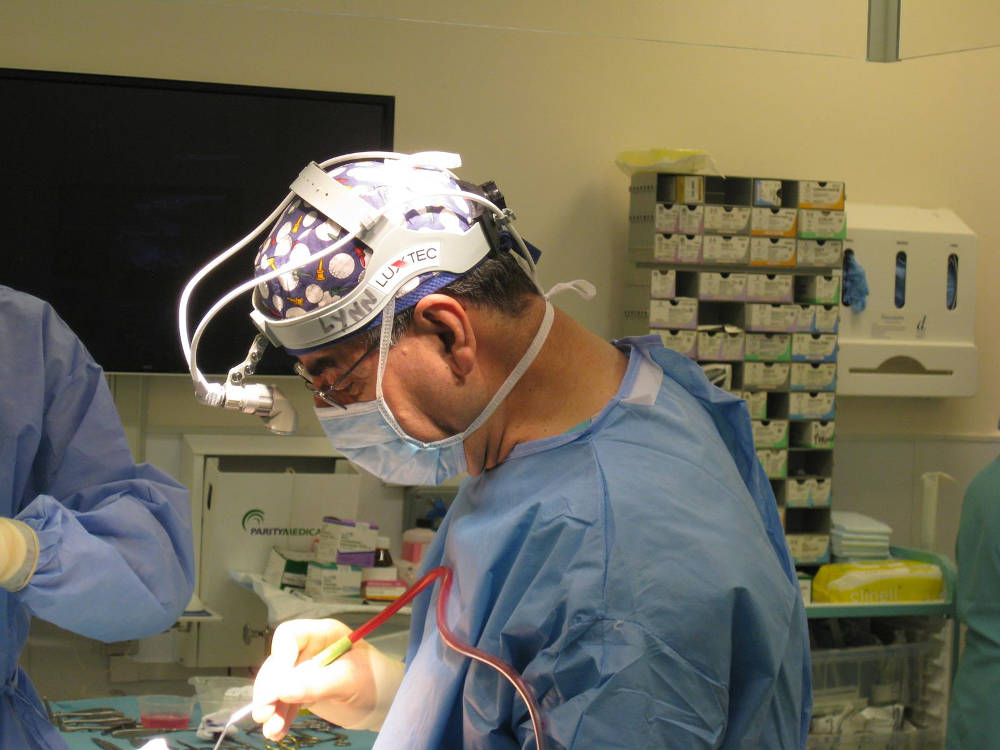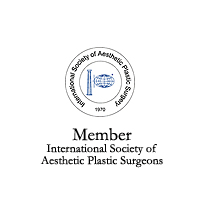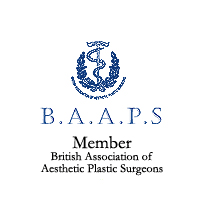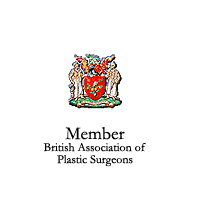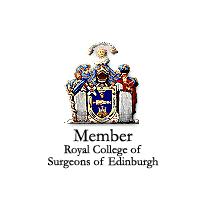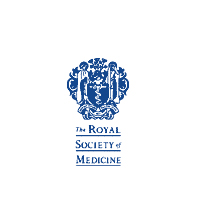Introduction
Blepharoplasty can be performed very satisfactorily under a local anaesthetic as an outpatient, and this method is offered as an alternative to a general anaesthetic and a short hospital stay. This applies to straightforward blepharoplasty only.
In other cases, hooding of the upper lids and deepening frown lines will be due to a drop in the level of the eyebrows, and in this case much improvement is produced by a “brow lift” or a “temporal lift” combined with blepharoplasty. Such surgery is not included in this information leaflet and is described separately.
The Operation
The scar lines follow the upper eyelid fold, and in the lower lid the scar runs just below the lashes. The object of surgery is to remove slack skin and any puffiness caused by excess fat, so that the appearance of “wear and tear” is removed, but not the “crow’s feet” or “smile lines” (this can be treated by other methods such as Botox or a Peel). If the skin appears not to be in excess (folds) then the eye bags can usually be treated without external incisions. This last method –Trans conjunctival Blepharoplasty- implies incisions only through the inner lining of the eyelid.
You may experience blurred vision immediately after the operation due to the application of the ointment, but you will be able to see.
Post-Operatively
You will feel very little pain, and it is hoped that you will have only mild swelling or bruising. During the first day stay lying down with your head raised on two pillows. Use chilled witch-hazel compresses to reduce swelling. In preparation, buy a packet of eye pads and about 200ml of witch-hazel, which can easily be bought without a prescription. Apply a little ophthalmic ointment (which will be given to you) to your eyes at night for the first week. This protects your eyes while sleeping, and warm compresses in the morning will remove the greasy film. Smoking is best avoided during the first week or two as this will cause unnecessary irritation and swelling of the eyes. You will be advised on lower eyelid exercises to avoid pulling down of the lower lid.
3 Days Post-Operatively
You will have been given an appointment for removal of all of your eye sutures. Small adhesive strips will be re-applied over the scar lines and you can easily remove these on the 6th day after your operation.
7-10 days Post-Operatively
The bruising has usually gone and you will then not need to wear dark glasses, but do not use make-up for several days after your operation as your scars are still very delicate. The healing process continues, and the scars may feel tight. Warm water compresses help to speed up the absorption of bruising, and can be started as soon as the initial swelling has begun to subside.
During the First 6 weeks post-operatively
Please avoid over exposure to the sun and wear dark glasses, strong sun exposure can inflame the healing scars and lead to pigmentation. Scar prevention can be started with oil recommended by Mr Matti.
Complications
Excessive bruising and swelling is very rare but can occur with any operation.
The eyes may tend to water in cold air or windy weather during the first couple of weeks until the swelling subsides.
The lower lid may droop very slightly while the lid is heavy and swollen and is self-correcting.
Inflammation of the eye: This is minimized by the use of ointment at night as prescribed. Lower eyelid surgery tends to cause more swelling for a variable period of time.
Redness in the scars occurs occasionally during the initial 3 months and is common in red haired people. This can be checked by the appropriate treatment.
You may experience temporary changes of vision. Your glasses may need to be checked 6 weeks following surgery.
After the operation you will be visited while in hospital by myself normally or otherwise a member of my team in order to ensure a personal and confidential programme of after care. I can be contacted through my secretary or -out of hours the Hospital switchboard should the need arise.
I hope that this information and the attention that you will receive postoperatively will keep you fully informed at all times. A more in detail discussion about the operation and possible complications adjusted to your specific needs takes place during consultation.
